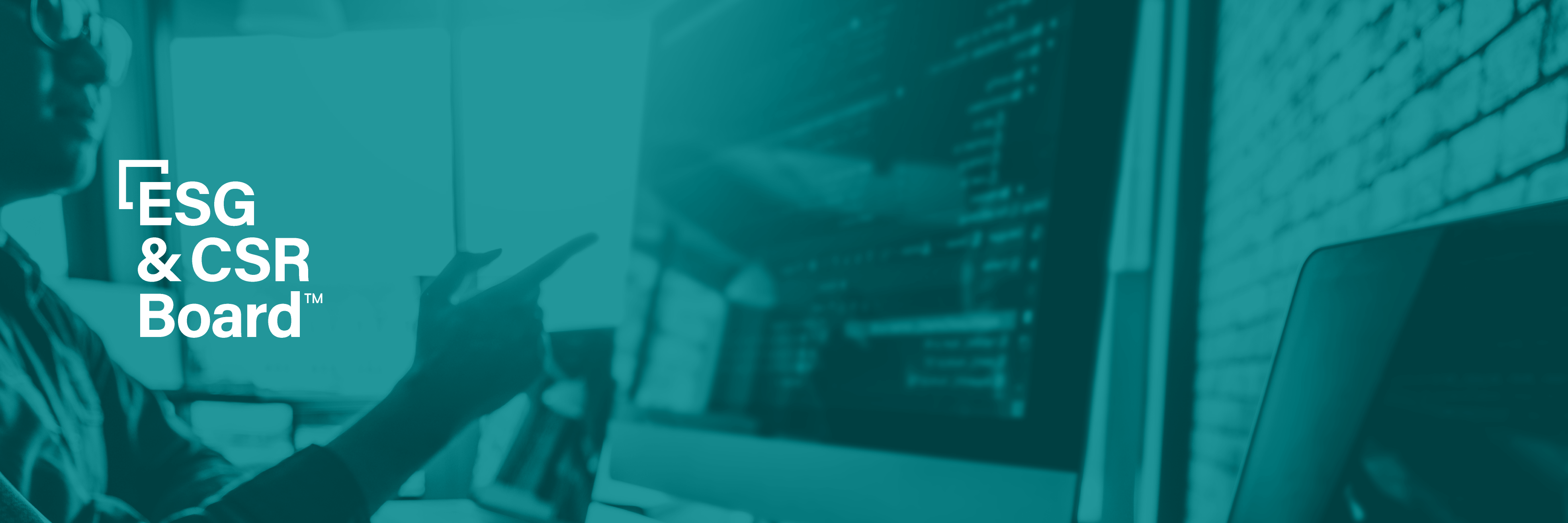Environmental, social, governance, or ESG, has come a long way since enterprises first began taking on these initiatives. As the market demand for ESG continues to grow, more external stakeholders are seeking ESG data.
A 2020 Ernst & Young survey indicated that 91% of institutional investors consider non-fiscal performance, such as ESG action, core to their decision-making process.
The information an enterprise chooses to disclose publicly should be both accurate and reliable, and ESG data is no exception. As a result, many companies have taken their ESG reporting a step further to assure their data.
A 2021 KPMG study revealed that of the top 100 companies — based on revenue — across 52 countries, 80% reported on ESG, and roughly half of those companies obtained external assurance.
Doing so can enhance the credibility of your reporting, provide an independent look at your data, and make a case for a more robust process if needed.
Despite the many benefits of ESG data assurance, the endeavor still demands additional workload and time. So, as a senior CSR or sustainability leader, where should you begin?
Deciding what ESG data to assure and to what level
There isn’t a “one size fits all” approach to assuring your ESG data, as the process will likely be influenced by industry regulations and external pressures.
As you build out your assurance process, you’ll want to consider what data your external stakeholders — whether it be investors or customers — actually care about it. What are the most frequent questions your enterprise receives in terms of ESG action?
Claudia Lin, CSR Program Manager at the multinational technology company NVIDIA, recently shared how the organization determined what data to assure during a CSR Board panel discussion on ESG data collection.
She says NVIDIA is currently assuring Scope 1, 2, and 3 emissions, primarily due to the complex nature of that data. The range of information can include thousands of data points around carbon emissions, which come from various sources such as natural gas or electricity, just to name a few.
“Because there are so many data sources, [assurance] gives us the confidence to report our carbon emissions in a corporate responsibility report,” Claudia explains.
During the same panel discussion, Jeff Freeman, Global Sustainability Director at Cimpress, explained that his team has also obtained limited assurance of their Scope 1, 2, and 3 footprints through a third-party provider.
To some degree, Jeff explained this was not entirely driven by reporting purposes. Instead, the company felt it needed this assurance as it moved away from some of its consulting support.
According to a recent article by George Richards, KPMG Head of ESG Reporting and Assurance, greenhouse gas, or GHG, emissions are among the most commonly reported metrics, and as a result, tend to be the go-to data for an enterprise seeking external assurance.
It may be less common for enterprises to assure social impact data, however, it is an option that some have chosen.
During the same panel discussion, Claudia highlighted the distinctions between limited and reasonable assurance, and to what level NVIDIA is assuring its emission data.
“Many companies, including NVIDIA, assure some ESG data to a limited level. Even fewer companies assure that data to the next level — the reasonable level,” she says.
She notes that typically investment-grade financial data is assured to a reasonable level, and the audit controls around this data are very stringent. In contrast, the limited assurance process — which she says is very reliable — looks at how the data is collected and internally managed and validates it at a high level.
Determining timelines and workloads
Brittany Brama, Principal Sustainability Manager at C.H. Robinson, also spoke on data assurance during the CSR Board’s panel discussion. She explains that C.H. Robinson is currently working to evolve its assurance process, and they’re keeping their eyes on impending SEC regulations.
She advises those who are embarking on this process to ensure they’ve set aside adequate time. Brittany predicts their timeline to be anywhere from six months to a year.
“When you bring someone in from a third party, you can really find that your processes are actually disrupted, and you need to smooth them out before you can publish it publicly,” Brittany says.
Keep that possibility in mind, some CSR leaders have found it useful to work pre-assurance into their timelines. This step could be accomplished by working with your enterprise’s own audit team.
KPMG’s George Richards wrote in his article, “Pre-assurance are helpful to identify gaps and limit the costs of an assurance engagement or risk of getting a qualified assurance option.”
Benchmark with fellow ESG leaders
Despite the increased focus on ESG reporting, many companies are still in the early stages of obtaining audit firm assurance of those reports. While this task may be coming down the pipeline sooner rather than later, no one has all the answers yet.
When operating in an evolving industry, it’s especially helpful to benchmark with a community of your peers, such as the CSR Board — the confidential, peer-to-peer community designed for sustainability and CSR leaders.
During the CSR Board panel discussion, Jeff spoke on the benefits of connecting with your peers.
“Sometimes there’s great comfort in knowing that you’re in a very similar position to everyone else,” Jeff says. “If nothing else, you know that when you feel yourself forging your own way, you’re doing so because of an absence of knowing there’s a better way.”


